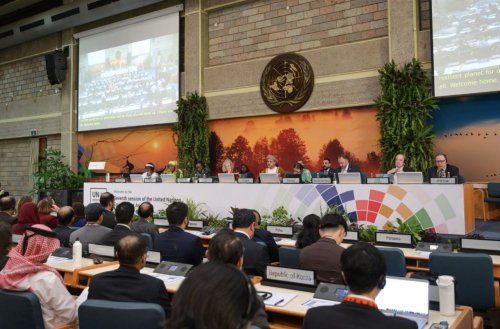Investments in the green energy transition must double to $3.5 trillion a year if the world is to meet the Paris Agreement's goal of zero emissions by 2050.
This figure was disclosed in a report by Wood Mackenzie analysts, a global provider of data and analytics for the energy transition.
The report notes that no major country and only a few companies are on track to meet their 2030 climate goals set by the Paris Agreement.
Unless strong Nationally Determined Contributions (NDCs) are introduced, global cooperation and $3.5 trillion in investments are mobilized, much more funds could be needed to finance climate change mitigation and adaptation, climate experts say.
What are the predictions?
By 2030, the share of solar and wind energy in the world's energy supply is expected to reach from 25% to 36% of total electricity generation, after growing to 17% in 2024 from 4.5% in 2015.
According to forecast calculations, the demand for gas will have a wide range of results. In 2050, it will increase by 11% under a scenario that limits warming to 2.5°C, while under a "net zero" scenario, demand should decrease by 47% over the same period.
"A series of shocks in global markets threatens to undo decades of progress crucial to the energy transition. However, the world still has time to reach zero emissions by 2050 – provided decisive action is taken now," – said Prakash Sharma, Vice President, Head of Scenarios and Technology, Wood Mackenzie.
The other day, EcoPolitic reported that the EU will direct €4.8 billion in revenues from the sale of quotas for net-zero projects. We also reported that the production of polysilicon, silicon wafers, elements and modules in China has grown by more than 30% year-on-year, and the export of photovoltaic modules increased by almost 20%.





